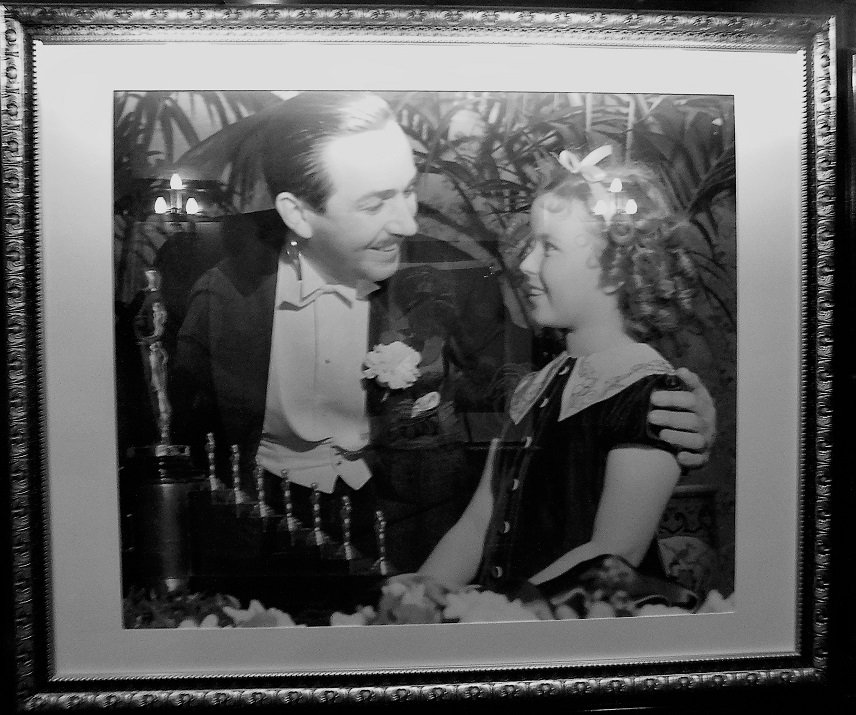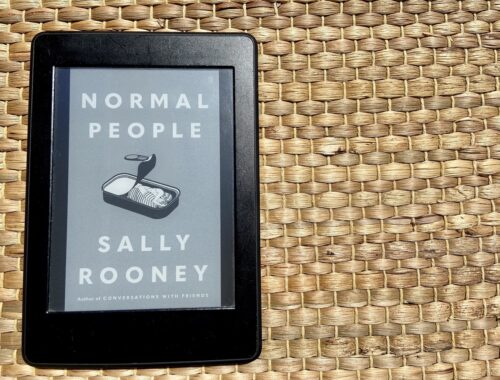
What Disney teaches us

by The Flamingo
I was asked some time ago who my role model in life is and I answered without blinking: Walt Disney. This man and his teachings influenced me the most through my entire life. I watched his movies since I was 4, read all the Mickey Mouse magazines, traveled to Disneyland more times than I can count. Why? Because Walt Disney brought and still brings happiness to my life.
So this is why I get angry when I see a bunch of articles in very influential magazines that slander Disney and his movies with all the new politically correct and ultra feminist philosophies. I decided to write this article to remind everybody the good teachings in Disney movies that form good children.
Compassion and empathy
I think this is the most important teaching of all. Both of them work hand in hand, there can’t be one without the other. Most of his movies are based on just these two most important feelings. I think the most relevant example is Dumbo, where a small elephant is teased, laughed at, bullied and separated from his mother because of his big ears. It’s a really heartbreaking cartoon, but it sensitizes children making them more compassionate, helping them to better understand the pain of the other and think twice before acting insensitive. Compassionate children grow into compassionate adults.
Love for animals
It’s well known that no Disney movie can be without at least one animal. They deliberately introduce every kind of animal to a child’s mind, little by little, so that they can learn to like them. From the standard pets like cats (The Aristocats), dogs (One hundred and one dalmatians or Lady and the Tramp) to woodland creatures (Snow White, Chip and Dale, Bambi), mice (Cinderella, Ratatouille, The Rescuers), chameleons (Tangled) and even cockroaches (Wall-e). The unbreakable and selfless bond between a human and his animal friend is heartwarming. Every life is important and deserves our respect, that’s what Disney teaches us.
The importance of family
Children feel safe in the bosom of the family and it’s important for them to see and understand that parents will do anything for them like in Finding Nemo, Bambi, The Lion King or The good dinosaur and not to underestimate the importance of family. That’s why many Disney cartoons feature orphans, from children (Lilo and Stitch, The Rescuers, Cinderella, Snow White, Tarzan and The Hunchback of Notre Dame) to animals (Oliver and Co, The Fox and the Hound) to emphasize this fact.
Friendship
Not just family is important, friends as well, sometimes friendship being a substitute for those orphaned. Disney promotes unlikely friendships, between two very different individuals (Wall-e), or different races (The Princess and the Frog), or species (Zootopia, The Fox and the Hound, Oliver and Co, Lion King and The Many Adventures of Winnie the Pooh). Diversity was from the beginning a meaningful topic for Disney. Children learn to be inclusive, to look for friendships everywhere, even in the most unlikely of places.
Positivity
It’s good for a child’s heart and mind to find a happy ending in everything. Although some of the cartoons are cruel,such as The Small One or Frankenweenie, because you are meant to see that life is full of hardships and disappointments, the ending is still positive. So the optimism remains. It’s also a lesson to see the good in the bad. Optimistic children are more likely to remain that way in their adult life and are less predisposed to depression.
Perseverance and courage
This is a trait that lacks in today’s world, because many children have it easy and their motivation is minimal. Perseverance is what distinguishes the princess movies from the rest of them. All the heroines are persevering (The Princess and The Frog, Mulan, Frozen, Moana) and courageous (Brave, Tangled, Aladdin, The Little Mermaid). Sure, sometimes they are damsels in distress, but also more times than not, they do the rescuing, they do lots of trials, persevere and fight ’till they get what they want. Like in real life…sometimes you do the rescuing, sometimes you help yourself and sometimes you rely on the ones you love to give you a hand.
Learning from one’s mistakes
Of course there are also some antiheroes in the movies, like Pinocchio, Oz or Maui from Moana, Jack Skellington and some other characters. They are disobedient or gullible, shallow and spoiled, they do wrong things for the right reasons. At the end they learn from their mistakes, as children and adults should, nobody is perfect or ought to be. And there are also the villains who repent their misdeeds like Ebeneezer Scrooge from A Christmas Carol or Iago from Aladdin.
Loving not only what appears beautiful
It’s a great way to teach children to see beyond the physical aspect. Not everything that is beautiful on the outside is also good on the inside and also not everything that is ugly on the surface is rotten underneath it. My two favorite Disney movies are for sure Beauty and the Beast and Lilo and Stitch because they stand by this lesson, they show you how to learn to love something terrifying, by seeing also that ugliness is not what defines it.
Appreciation for music
The music in the Disney movies is a very important aspect, especially in the older ones. Listening to such great compositions like the music in The Jungle Book, Mary Poppins, Beauty and the Beast, Nightmare before Christmas, Enchanted, Tangled, Princess and the Frog and Moana really develops your taste in music plus the appreciation for musicals. Because of Disney I love the musical genre most of all and I believe it to be more expressive than any other kind of movie.
Vast imagination and the concept of “dream big”
There are those cartoons like Alice in Wonderland or Peter Pan whose role is to enhance the viewer’s imagination. They stimulate the child to create for himself a world in which anything is possible. There is also the concept that if you dream big and work hard you can achieve your dreams. Nothing comes for free in the world of Disney, although some people full of prejudices might state that, but for sure they haven’t watched the movies with open minds. There is always suffering, or obstacles, hard work in proving one’s worth and only then can they “wish upon a star”.
Culture and history
Although the Disney films aren’t very accurate historically or culturally, they are still a very good source of education for small children. They learn the basics of some cultures like Greek mythology (Hercules), legends of extinct worlds (Atlantis, Dinosaur), British, Irish and Polynesian folklore (Robin Hood, Brave, Moana), as well as parts of history like the Chinese battles with the Huns (Mulan), the colonization of Indian territory by the British (Pocahontas), the oppression of the gypsies in France (The Hunchback of Notre Dame). Disney also offers a few glimpses into exotic cultures like the Arabian (Aladdin), Inca (The Emperor’s New Groove) and Cajun culture (The Princess and the Frog). Different cultural traditions are presented in such a way small children can understand them better, for example the Mexican “el dia de los muertos” in Coco. It’s enough to make a child curious and wanting to find out more things for himself.
Humor
Humor plays a key part in all the Disney films, each one having at least one hilarious character. But mostly humor is expressed in the famous shorts with Donald Duck, Goofy, Mickey Mouse and Chip and Dale. Why is humor important? First of all it creates a good disposition for children and adults alike, but most importantly the kids learn to open themselves up to their natural sense of humor. People with a sense of humor tend to be not so strict and closed up, they are more easy going. Sense of humor creates quicker bonds between people.
Most of these movies are inspired by great books, old fairy tales, legends or are simply originals. Walt Disney knew how to adapt a good story and make it great, full of teachings, twisting the end so that a child remains with a happy heart after seeing it. All his films have his fingerprint on them, even after his death. Some are better than others, some are just stories with no connection to real life whatsoever. Trust your child to know the difference, to know what is right and what is wrong, trust the education you provide him with to make those decisions by himself. Don’t take away the Disney world from his life just because by today’s standards women were not treated equally to men in his stories, which might be debatable. You can’t erase history, so make your child learn from it, not skip it altogether.
Photo from Flamingo‘s archive




